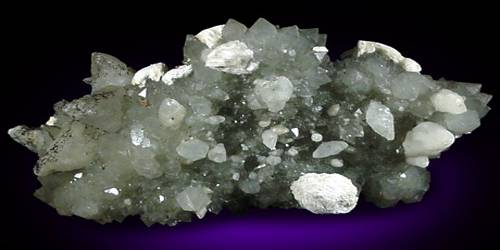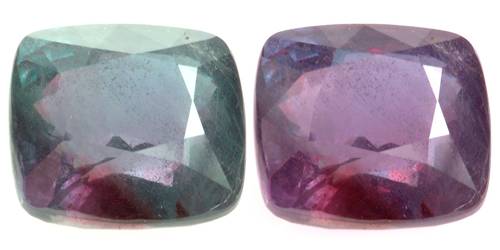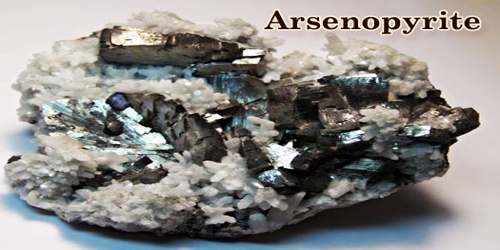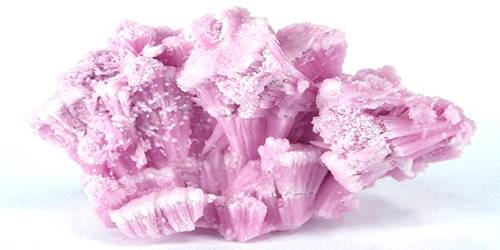Cuspidine is a fluorine bearing calcium silicate mineral (sorosilicate) with the formula: Ca4(Si2O7)(F, OH)2. It is a mineral consisting of a basic silicate of calcium, fluorine, hydrogen, oxygen, and silicon. It is a member of the wöhlerite group.
Cuspidine was first described in 1876 as an occurrence in Monte Somma, Italy. The name is from the Greek cuspis for a spear from its characteristic crystal form.
General Information
- Category: Sorosilicate
- Formula: Ca4(Si2O7)(F, OH)2
- Crystal system: Monoclinic
- Crystal class: Prismatic (2/m) (same H-M symbol)
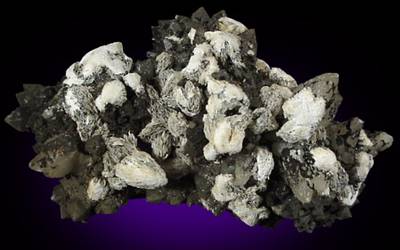
Properties
Cuspidine crystallizes in the monoclinic crystal system and occurs as acicular to spear-shaped pale red to light brown crystals.
- Color: Colorless, tan, light brown, pale red
- Crystal habit: Minute spearhead-shaped crystals, acicular, granular
- Fracture: Uneven
- Tenacity: Brittle
- Mohs scale hardness: 5-6
- Luster: Vitreous
- Diaphaneity: Transparent to translucent
- Specific gravity: 2.85-2.96
Occurrence: In tuff ejecta (Monte Somma, Italy); in contact metamorphosed limestone (Franklin, New Jersey, USA); in melilite skarn (Dupezeh Mountain, Iraq).
Cuspidine occurs as crystals in tuff from Monte Somma. In the Franklin, New Jersey mine area, it occurs in contact metamorphosed limestone. In Dupezeh Mountain, Iraq, it occurs in melilite bearing skarn. Associated minerals include augite, hornblende, diopside, grossular, biotite, phlogopite, monticellite, wollastonite, calcite, spinel, magnetite, and perovskite.
Association: Augite, diopside, grossular, biotite, phlogopite, monticellite, wollastonite, calcite, spinel, magnetite, perovskite.
Information Source:
